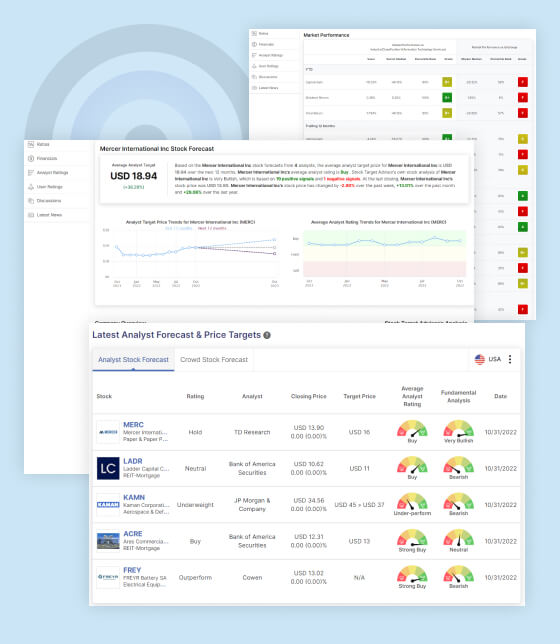Financial Literacy:
Understanding basic financial principles has never been more critical in an increasingly complex economic landscape. Yet, many schools still need to pay more attention to financial literacy as a necessary component of their curriculum, leaving students needing to be equipped to handle their financial futures.
The Importance of Financial Literacy
Financial literacy is understanding and utilizing various financial skills, including personal financial management, budgeting, and investing. It is crucial in helping individuals make informed decisions about their finances, leading to financial stability and independence.
Similarly, the concept of writing college papers for sale can be seen in the academic sphere. This phrase refers to a growing industry where professionals offer their expertise to write academic papers for students. This service spans various disciplines, including finance. Students seeking help with complex financial concepts might use these services to aid their understanding.
Financial Literacy: A Critical Skill for Students
For students, financial literacy is a critical life skill. They will face numerous financial decisions as they enter adulthood, from managing student loans and credit cards to budgeting for living expenses. With a solid foundation in financial literacy, students can handle these tasks, leading to better financial decisions that can have long-lasting consequences.
Real-world Impact of Financial Literacy
The negative impact of a lack of financial literacy on individuals is evident in real-world scenarios. For instance, people with a strong understanding of interest rates could avoid taking on high-interest debt, leading to a cycle of indebtedness that’s hard to break. Similarly, with knowledge about investment and savings, individuals can gain opportunities to grow their wealth or secure their financial future.
The Current State of Financial Education
When it comes to financial education in schools, there is much room for improvement. Many school curricula need to adequately cover financial literacy, leaving students unprepared for the economic challenges they’ll face in adulthood.
According to the 2020 Survey of the States by the Council for Economic Education, only 21 states require high school students to take a course in personal finance. It means that a significant proportion of students are graduating without any formal education in critical financial concepts.
The consequences of this educational gap can be severe. Students who lack financial education may need to fully understand the implications of student loans, credit card debts or how to budget effectively. It can lead to economic instability, high levels of debt, and a lower quality of life. By omitting financial literacy from the curriculum, we risk setting up our future generations for financial struggles.
The Benefits of Incorporating Financial Literacy in Education
Financial literacy is not just an individual necessity but a societal imperative. Students in financial literacy gain the essential skills to manage their finances effectively. This knowledge contributes to their economic health by helping them make informed decisions about budgeting, saving, investing, and debt management.
The Impact of Financial Literacy on Society
On a societal level, widespread financial literacy can contribute to overall economic health. People with strong financial literacy tend to exhibit better personal finance behavior, which can reduce the incidence of crippling debt and increase savings and investment rates. It, in turn, can lead to more stable and prosperous communities.
Successful Incorporation of Financial Literacy in Schools
Numerous examples of schools and programs have successfully incorporated financial literacy into their curriculum. One notable example is the Ariel Community Academy in Chicago. Their program starts teaching financial concepts as early as kindergarten and continues through 8th grade, providing students with a deep understanding of financial matters by the time they graduate.
How to Incorporate Financial Literacy into the Curriculum
Incorporating financial literacy into the curriculum can be achieved in various ways. For one, schools can integrate financial education into existing subjects, such as math or social studies, where relevant financial concepts can be woven into lessons. Schools could also consider standalone financial literacy classes that cover a broad range of topics, from budgeting to investing.
Several resources, tools, and programs are available to aid educators in teaching financial literacy. For instance, the Council for Economic Education offers comprehensive K-12 standards for personal finance education that educators can use as a guide.
The Role of Parents, Schools, and Policy Makers
Promoting financial literacy is a shared responsibility that requires the active participation of parents, schools, and policymakers. Each group has a unique role to play, and their combined efforts can significantly enhance the financial education of students.
Parents
They are often the first source of financial knowledge for children. They can start by teaching basic concepts like saving, spending, and earning at home. As children grow older, parents can involve them in family financial decisions to provide practical experience. Additionally, parents can use resources like books, online courses, and games designed to teach financial literacy to reinforce these lessons.
Schools
They can incorporate financial literacy into their curriculum. Teachers can integrate financial concepts into existing subjects or even offer standalone courses on personal finance. Schools can also organize events or workshops focused on financial education, inviting financial professionals to share their knowledge and experiences with students.
Policymakers
They play a crucial role in making financial education a mandatory school curriculum. They can advocate for laws and regulations that require schools to teach financial literacy. Furthermore, policymakers can allocate resources toward teacher training to ensure educators have the skills to teach these topics effectively.
Conclusion
Financial literacy is an important life skill that allows individuals to make informed financial decisions.
Lack of financial literacy can lead to economic instability and indebtedness due to high-interest debts.
Many schools do not provide adequate financial education as part of their curriculum, leaving students unprepared for the economic challenges they’ll face in adulthood.
The benefits of incorporating financial literacy into education include better personal finance management, debt reduction, and more excellent wealth growth opportunities.
Schools can incorporate financial literacy into existing subjects or through standalone classes; parents and policymakers can also contribute to promoting financial literacy.
Image By: https://unsplash.com/@blankerwahnsinn






















